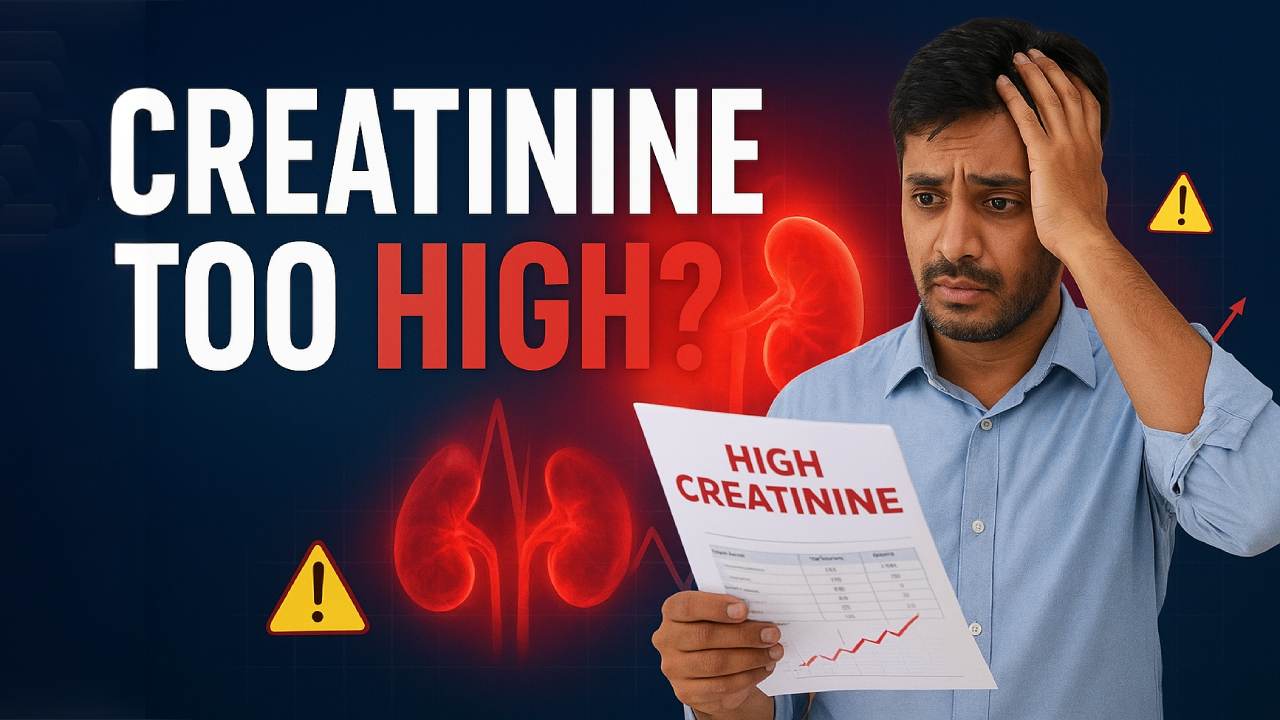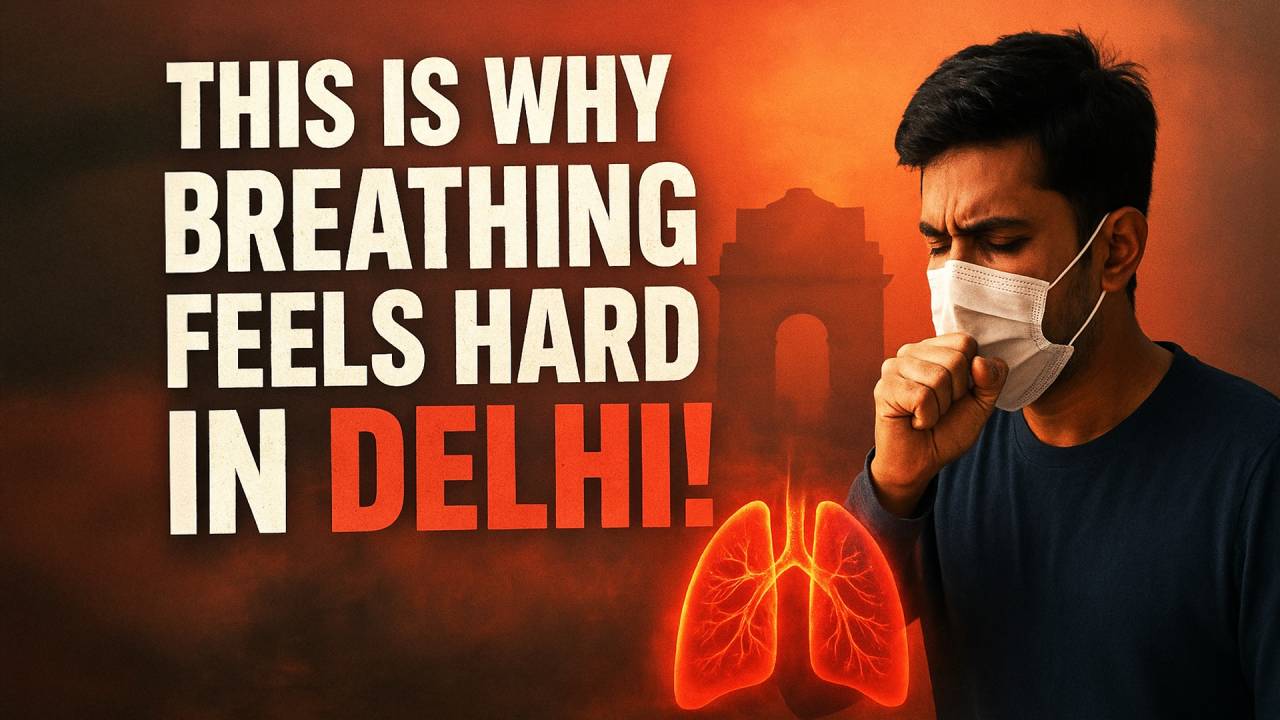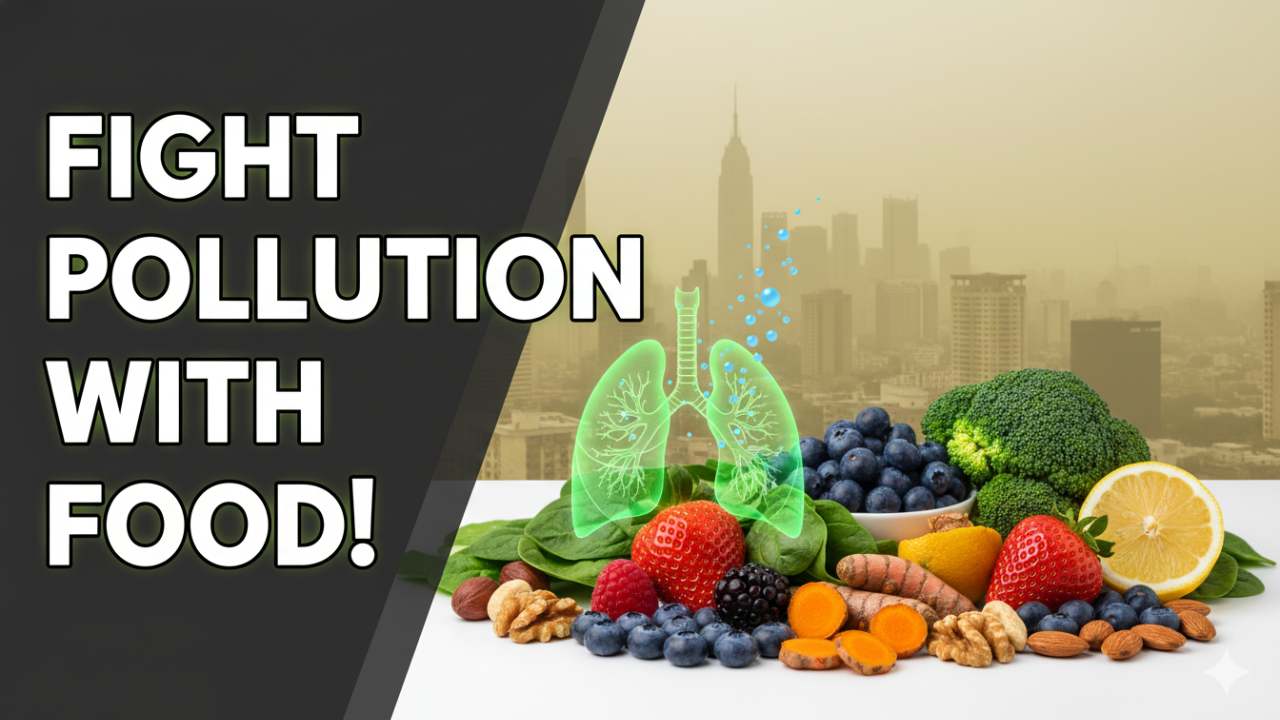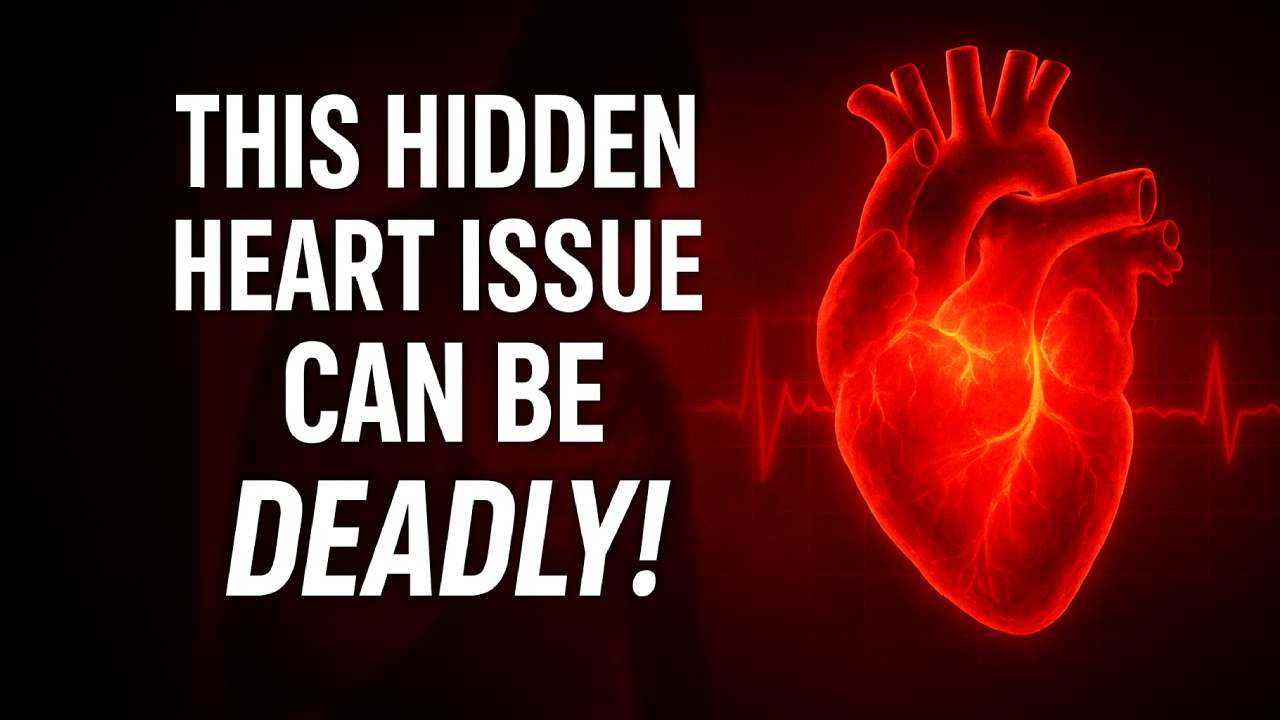Toxic Skies, Vulnerable Lungs: How Urban Air Pollution Is Impacting Our Children's Health
Verified By Dr. Kuldip Khanna | 12-Nov-2025
Dr. Kuldip Khanna, Sr. Consultant Pediatrician at Kailash Hospital, Noida, points to a chest X-ray of a young child, his expression grave. "See that haze? That isn't a technical error. It's a visual record of the toxic pollution settling deep in this child's lungs. What we are facing across North India—from Delhi and NCR to the plains of Punjab and Uttar Pradesh—is not just bad air days; it's a silent, systemic assault on our children's health, with consequences that will last a lifetime."
Recent investigations, including a pivotal study highlighted by India Today, have revealed a terrifying fact: a staggering 40% of what children breathe can reach their deep lungs. This figure is not just a statistic; it is the key to understanding why pediatricians across Northern India are witnessing an unprecedented surge in respiratory distress among the region's youngest residents. This article, drawing on the urgent expertise of Dr. Kuldip Khanna and the advanced pediatric care at Kailash Hospital, Noida, delves into the science behind this national crisis and provides a vital action plan for every parent.
Table of Content
The danger of PM2.5—the fine particulate matter that defines Delhi NCR's winter smog—is exponentially greater for children due to a confluence of physiological factors.
1. Higher Breathing Rate:
Children breathe faster than adults, inhaling more air—and more pollution—per pound of body weight. While at rest, an infant takes 40 breaths per minute compared to an adult's 12-16. This means their exposure to toxic particles is Proportionality much higher.
2. The "Deep Lung Deposition" Crisis:
This is the most critical factor. As reported by The Print, children have a significantly higher deep lung deposition rate. Dr. Khanna explains the mechanism: "An adult's airways are longer and more complex. By the time inhaled air reaches the deep lung alveoli—where oxygen exchange happens—many larger particles have been filtered out or deposited along the way. A child's airways are shorter and simpler. PM2.5 particles, which are 30 times smaller than a human hair, travel on a virtual superhighway directly to the most vulnerable part of their developing lungs."
3. Developing Lungs and Immune Systems:
A child's lungs and immune system are works in progress. The architecture of their airways is still being formed. When PM2.5 embeds itself in this developing tissue, it doesn't just cause temporary inflammation; it can physically alter lung development, leading to permanently reduced lung function.
4. Height and Activity:
Children are closer to the ground, where heavier pollutants tend to settle. Furthermore, their active play and outdoor time increase their dose of inhaled Pollutants.
"The Times of India rightly called this generation 'Young and Breathless'," states Dr. Khanna. "We are seeing children in our clinic at Kailash Hospital, Noida who have the lung function of lifelong smokers, yet they have never touched a cigarette. The pollution is the smoke, and every child in our city is a passive participant."
Also read: The Choking City: How Air Pollution is Fueling Delhi NCR's Asthma Epidemic
The consequences of this deep lung invasion are severe and multifaceted, moving far beyond simple coughing.
1. The Rise of "Pediatric COPD":
Chronic Obstructive Pulmonary Disease (COPD) was once an illness of elderly smokers. Today, pediatricians are diagnosing children with irreversible airway obstruction and reduced lung growth, mirroring COPD. This sets them up for a lifetime of respiratory vulnerability.
2. Exacerbation of Asthma and Allergies:
PM2.5 acts as a potent trigger and irritant. It can initiate allergic sensitization in healthy children and cause severe, frequent attacks in those with existing asthma, leading to more emergency room visits and hospitalizations.
3. Increased Vulnerability to Infections:
The constant inflammatory state caused by pollution damages the respiratory tract's protective lining (cilia), making children more susceptible to viral and bacterial infections like pneumonia and bronchitis. Their bodies are too busy fighting pollution to fight germs effectively.
4. Systemic Damage:
The harm doesn't stop at the lungs. These microscopic particles can pass through the lung tissue, enter the bloodstream, and travel to other organs.
- Brain: Linked to neuroinflammation, cognitive delays, and attention deficits.
- Heart: Can affect cardiovascular function and development.
"When a parent brings a child who is constantly sick, struggling in school, and perpetually fatigued, we must look at the air they breathe as a primary culprit," emphasizes Dr. Khanna. "It is a whole-body toxin."
As a best hospital in Noida with a state-of-the-art pediatric department, Kailash Hospital has developed a multi-pronged approach to combat this epidemic.
1. Advanced Diagnostic Capabilities:
- Pediatric Pulmonary Function Tests (PFTs): These are crucial for objectively measuring lung capacity and airflow obstruction, providing a baseline to track a child's respiratory health over time.
- High-Resolution Imaging: To visually assess inflammation and damage in the lung tissue.
2. Specialized Pollution Clinics:
The hospital has established dedicated clinics for children with pollution-aggravated conditions. Here, top Pediatrician in Noida like Dr. Khanna create personalized management plans that include:
- Pre-emptive Medication Adjustment: Adjusting controller medications for asthmatic children before the peak pollution season hits.
- Action Plans: Providing families with clear, written instructions on what to do when air quality deteriorates.
3. Parent and Community Education:
The hospital conducts regular workshops to empower parents with life-saving knowledge.
Also read: Infant Congestion: When Your Baby's Stuffy Nose Becomes an Emergency
Based on the latest evidence and the recommendations from Kailash Hospital, Noida, here is what every parent must do:
1. Become an AQI Expert:
- Monitor Relentlessly: Check the Air Quality Index (AQI) every day via reliable apps. Understand that an AQI above 200 ("Poor") is dangerous for children, and above 300 ("Very Poor") requires drastic action.
- Create Clean Air Sanctuaries: Invest in high-quality HEPA air purifiers for your child's bedroom and main living area. This is the single most effective indoor intervention.
2. Master Outdoor Timing and Protection:
- Avoid Peak Hours: Limit outdoor play and activities during early mornings and late evenings when pollution levels are often highest, and during peak traffic hours.
- Use N95 Masks Correctly: For essential outings on bad air days, a well-fitted N95 mask (designed for smaller faces) is non-negotiable. Simple cloth masks are ineffective against PM2.5.
3. Fortify from Within:
- Hydration: Ensure your child drinks plenty of water, which helps the body's natural clearance mechanisms.
- Anti-Inflammatory Diet: Incorporate foods rich in antioxidants and Omega-3 fatty acids (berries, nuts, leafy greens, fatty fish) to help the body combat the inflammatory effects of pollution.
4. Maintain Vigilant Hygiene:
- Wash Hands and Face: As soon as children come indoors, have them wash their hands, face, and any exposed skin to remove settled pollutant particles.
- Change Clothes: Consider changing their outer clothing after being outside for extended periods.
5. Partner with Your Pediatrician:
- Do Not Ignore Symptoms: A persistent cough, wheezing, noisy breathing, or frequent colds are not normal. Seek a consultation with a top Pediatrician in Noida.
- Follow the Action Plan: If your child has a respiratory condition, adhere strictly to the management plan provided by your doctor.
The evidence is irrefutable. The science is clear. Children across North India's pollution belt and in many of our nation's cities are breathing in a toxic future with every gasp. This is not a problem confined to a single city; it is a national public health catastrophe that demands urgent and sweeping policy changes for cleaner air.
However, as we advocate for that change, we must act now to protect our children. As Dr. Kuldip Khanna concludes, "Every child in India has the right to breathe clean air. Until that becomes a reality, our role as pediatricians and parents is to build a fortress of protection around them. At Kailash Hospital, Noida, we are committed to being your partner in this fight. Do not wait for your child to become a statistic. Be proactive, be informed, and let's work together to ensure their lungs—and their futures—are not permanently stolen by the air they breathe."

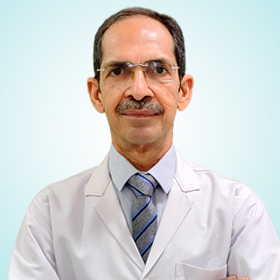

 +91-9711918451
+91-9711918451
 international.marketing@kailashhealthcare.com
international.marketing@kailashhealthcare.com

